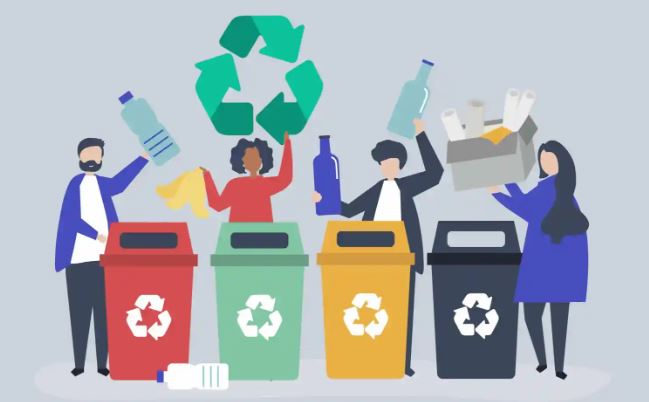Biohazard waste, often referred to as biomedical waste or infectious waste, is a category of waste that poses significant risks to public health and the environment due to its potential for carrying infectious agents. Proper handling and disposal of biohazard waste are paramount, and adherence to biohazard waste regulations is crucial. In this blog post, we will explore 14 key points to ensure that healthcare facilities and laboratories are following the rules for biohazard waste management.

Understanding Biohazard Waste: Biohazard waste comprises materials contaminated with infectious agents such as bacteria, viruses, and other microorganisms. It is generated in healthcare facilities, research institutions, and laboratories.
Importance of Compliance: Adherence to biohazard waste regulations is vital for protecting healthcare workers, patients, and the environment. Non-compliance can result in severe consequences, including legal and financial penalties.
Classification of Biohazard Waste: Regulations categorize biohazard waste into different levels, each with specific guidelines for handling, treatment, and disposal. Proper categorization is crucial to determine the appropriate precautions and procedures.
Generator Responsibility: Organizations that generate biohazard waste are responsible for correctly identifying, segregating, and safely handling the waste in compliance with regulations.
Packaging and Labeling: Regulations mandate proper packaging and labeling of biohazard waste containers to prevent accidental exposure and to ensure correct identification.
Storage Guidelines: Facilities must comply with storage requirements, specifying how biohazard waste should be contained, stored, and accessed before transport for treatment and disposal.
Transportation Safeguards: Regulations ensure that biohazard waste is transported safely, reducing the risk of spills or leaks that could damage the environment and pose health risks.
Treatment and Disposal Methods: Biohazard waste typically undergoes treatment to render it safe before final disposal. Regulations guide these treatment processes, including methods like autoclaving, incineration, or chemical disinfection.
Record-Keeping: Organizations are required to maintain detailed records of waste generation, transportation, treatment, and disposal activities, enabling oversight and reporting to regulatory authorities.
Reporting Requirements: Accurate and timely reporting of biohazard waste activities to the relevant regulatory agencies is necessary to ensure transparency and compliance.
Penalties for Non-Compliance: Violations of biohazard waste regulations can result in significant fines, legal consequences, and harm to an organization's reputation. Compliance is paramount to avoid these repercussions.
Environmental Impact: Regulations aim to minimize the environmental impact of biohazard waste. Mishandled waste can contaminate soil, water, and air, causing long-term ecological damage.
Community Safety: Compliance with regulations is essential for protecting the health and safety of communities surrounding waste-generating facilities, building trust and fostering well-being.
Resource Conservation: Some biohazard waste materials can be recycled or repurposed, reducing the need for new resources. Regulations may encourage recycling efforts to promote sustainability.
Conclusion
Biohazard waste handling is a critical aspect of healthcare and laboratory waste management, impacting public health and environmental integrity. Adhering to biohazard waste regulations is not just a legal requirement; it is a moral and environmental obligation. By following the rules and adopting best practices for biohazard waste management, organizations and individuals can contribute to a safer, healthier, and more sustainable future for our planet. Proper biohazard waste handling is not only a responsibility but also a commitment to safeguarding the well-being of communities and the environment.

No comments yet